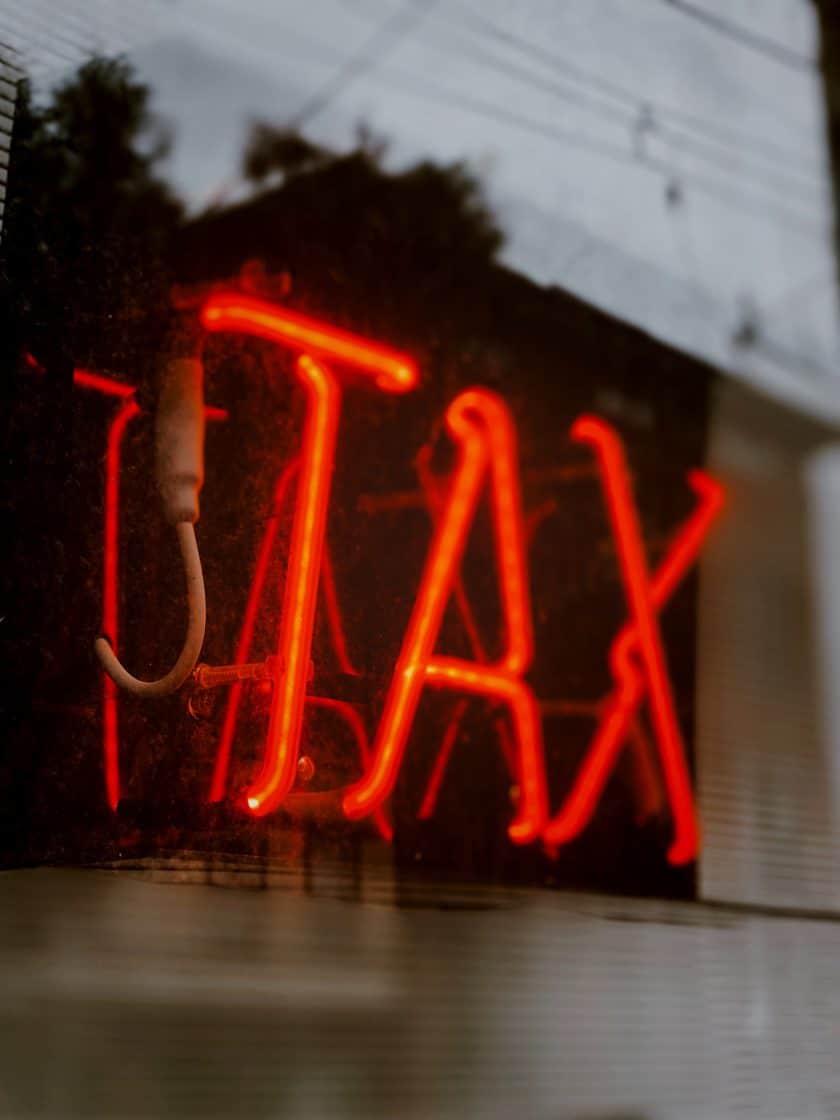Clients still have time to pay tax through scheme pays, explains Dave Downie, technical manager, abrdn
The standard self-assessment tax deadline – when returns need to be filed and balancing tax payments made– passed on January 31st.
However, clients who haven’t yet filed their tax return for 20/21 and who face a pensions annual allowance (AA) tax charge may still have time to choose between paying this bill themselves or requesting that their pension scheme pays it – if they qualify for ‘mandatory scheme pays’.
The rules for mandatory scheme pays are quite specific and, if the conditions are met, the pension scheme will be obliged to pay the charge on the member’s behalf.
But what are the rules? And what are some of the considerations that paraplanners might need to be aware of?
Mandatory payments – what are the deadlines?
This year, as a consequence of Covid, HMRC will not be applying late filing penalties for self-assessment tax returns provided they are submitted by the 28th February. However, interest on late payments may still apply from January 31st.
Those who are eligible and wish to pursue a mandatory scheme pay options will need to complete the SA101 form – the ‘additional information’ pages of the self-assessment tax return.
HMRC’s concession means that this year those still yet to file will have until the February 28th deadline to make their choice known.
They must also submit a request to the pension scheme itself. Provided this is done by 31st of July 2022, there should be no interest or late payment penalties.
Who is eligible, and what will the scheme cover?
When it comes to the rules for mandatory scheme pays, a client can only elect for their scheme to make a mandatory payment if two conditions are met:
a) if they paid more than the standard £40,000 annual allowance into the scheme and;
b) their annual allowance tax charge is more than £2,000
The mandatory liability for the scheme is limited to the tax on the excess over £40,000.
This means that if a client has a tapered annual allowance because their adjusted income is over £240,000 in 2020/21, the scheme does not have to pay the charge on the excess payment between the tapered annual allowance and £40,000.
For example, an additional rate taxpayer with a reduced annual allowance of £35,000 (assuming no carry forward) and a payment to the scheme of £45,000 would have an annual allowance tax charge of £4,500 (45% of the £10,000 excess).
The scheme is only obliged to pay tax of £2,250 (45% on £5,000 in excess of the £40,000 standard annual allowance) which may mean the client has to pay the remaining half of the tax charge personally.
While it is possible for the scheme to voluntarily pay the AA tax charge on amounts outside the mandatory liability the window to so has most likely already closed.
Each scheme will have its own rules and deadlines on when voluntary scheme pays may be possible, but typically they require plenty of notice to make it happen. For tax charges relating to the 20/21 tax year, notifications would have normally had to have been filed by August last year to ensure that the tax is paid in time to avoid interest in late payment penalties.
Making the choice – scheme pays vs. personal payments
Clients may be weighing up whether they should pay tax charges personally, or – where eligible – elect for a mandatory scheme pay.
Here, there will be a several factors they and their advisers will need to keep in mind.
First and foremost is affordability. Particularly for large charges, a client may simply lack the liquidity to make the payment personally, and using a scheme pay could be a good option.
For clients potentially facing a lifetime allowance charge on their pension savings, this could be reduced by requesting that the scheme pays the annual allowance charge.
On the other hand, paying the charge personally could reduce the estate for inheritance tax (IHT) and leave their pension wealth untouched.
And, if a client is considering a pension transfer, they’ll need to be mindful that requesting a payment from the scheme could delay the process until after the payment has been made.
Planning ahead
Clients should be aware of the consequences of missing tax reporting deadlines. But they may be less aware of their options for paying the annual allowance tax charge.
For those yet to file their returns for the 2020/21 tax year, there is still time for them to elect for an annual allowance tax liability to be paid for through a mandatory scheme pay.
Being ready and able to discuss the timelines, the eligibility criteria and the implications will be essential to helping guide them through this process and will help them make an informed choice that respects their holistic planning needs.
Clients should note, however, that the calculation of the annual allowance tax charge and how much can be met under mandatory scheme pays is not the responsibility of the provider.
Accountancy advice may be needed to get it right. Underestimating the tax due or how much the scheme is obliged to pay could result in late payment penalties. And unauthorised payment charges could arise if the scheme is asked to pay too much.
Looking ahead to future filings if a client knows, or expects, to have an annual tax charge in the current tax year, it pays to plan early to keep all the payment options open.






























